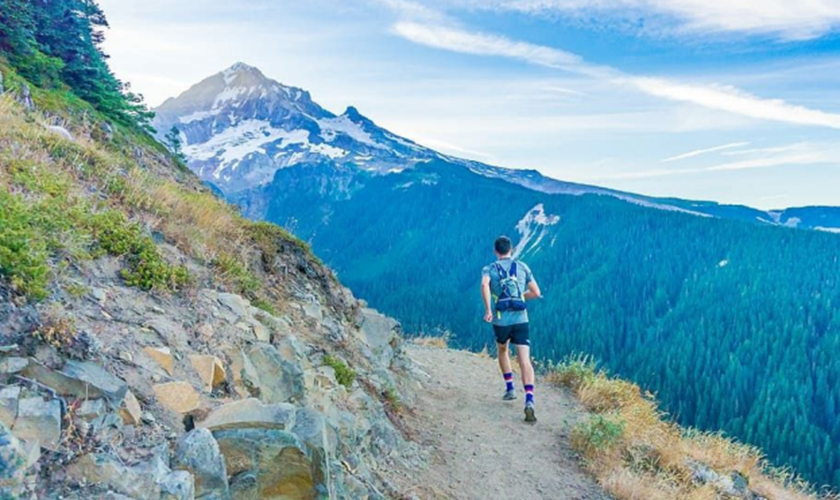
”The amount of strides/steps taken per minute (SPM)”
In the running scene, cadence is the most common metric to measure running form. Put simply, the shorter your stride length and quicker your stride rate, the faster and more efficient you run. Aside from enhancing performance, research has found that a higher cadence is associated with a decreased likelihood of overuse type injuries (i.e: shin splints, achilles tendinopathy, plantar fasciitis).
Optimum running cadence is considered 180pm (meaning each foot strikes the ground 90 times per minute)
Improving cadence reduces overstriding, and thus knee extension that occurs on foot strike, allowing for the GRF (ground reaction force) to be absorbed under your body’s centre of gravity.

 The image on the right has less knee extension and a more rigid foot on striking, creating a more stable point of contact and reducing the likelihood of lower limb injury
The image on the right has less knee extension and a more rigid foot on striking, creating a more stable point of contact and reducing the likelihood of lower limb injury
Measure your own cadence:
Count how many times one foot strikes the ground in one minute and multiply that by 2